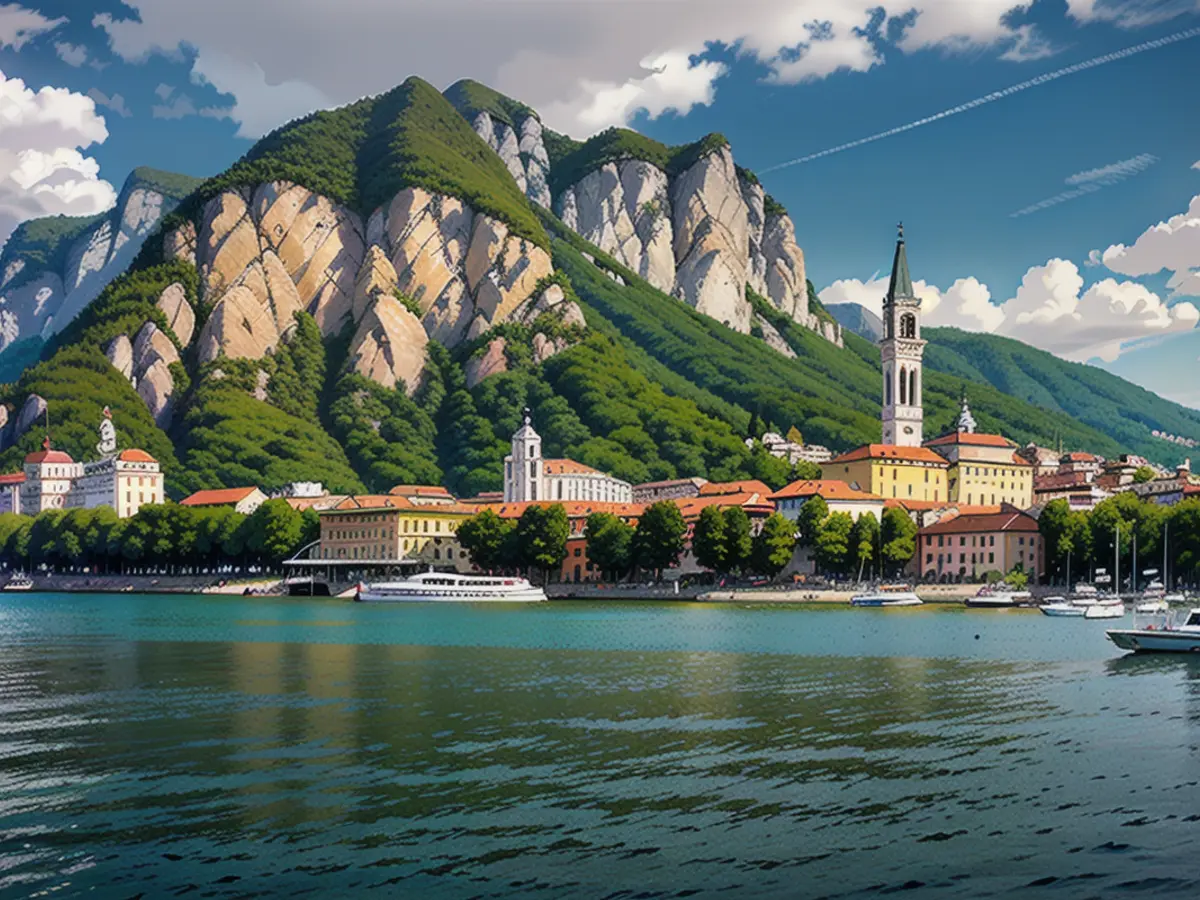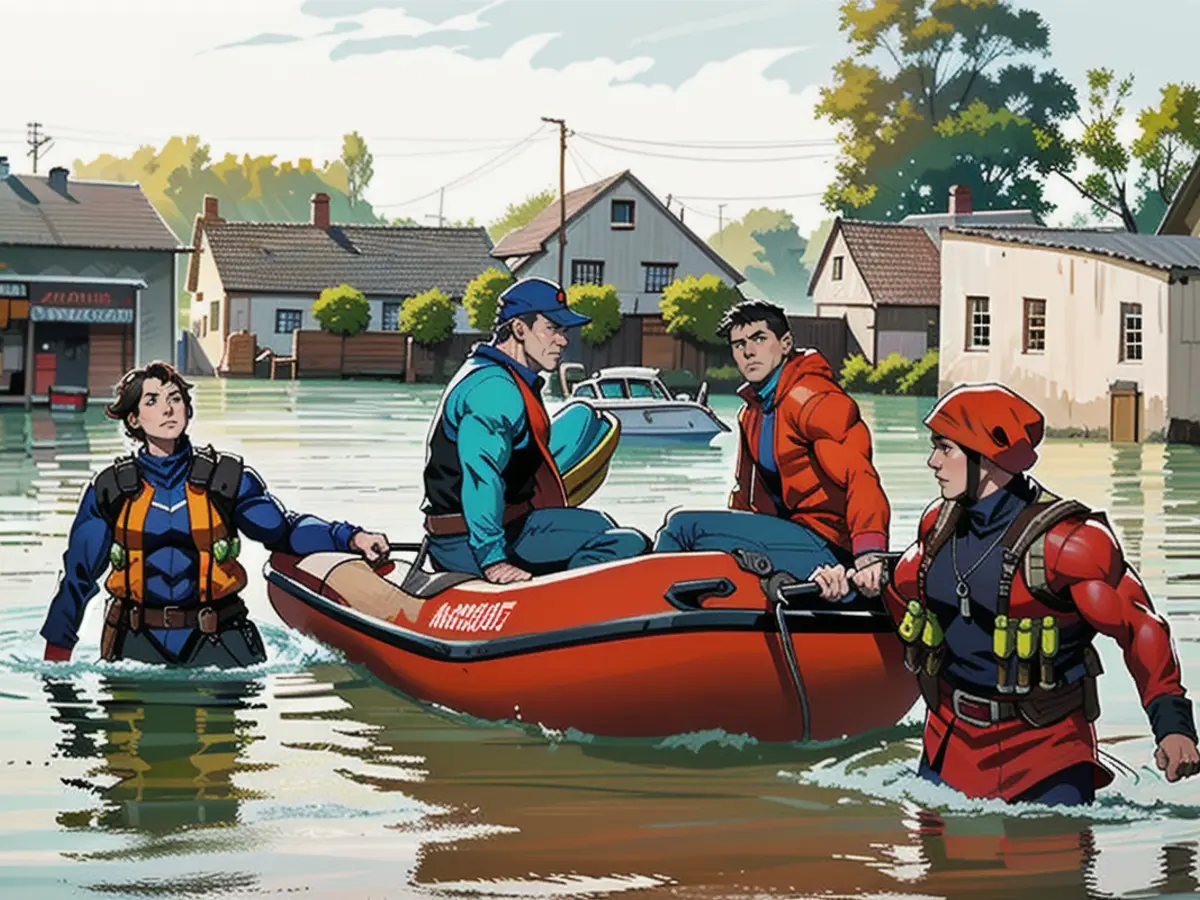Esteemed geologist asserts that the renowned Mona Lisa hangs in a little-known Italian town.
Ann Pizzorusso, who holds the titles of both geologist and art historian with a focus on Leonardo and the Renaissance period, claims to have determined the location of the Mona Lisa using her geological knowledge.
Three decades ago, Pizzorusso made her way to the town of Lecco situated on the southeastern shore of Lake Como in Italy. This is where she thinks the painting takes place and she was carrying Leonardo's diary entries and drawings with her. "In his notebook, he mentions being in Lecco," she said in an interview with CNN. "He was working as an engineer."
What Pizzorusso suggests is unique is that the project Leonardo was involved in was dropped, but his geological field sketches remained intact. For instance, one red chalk drawing of a mountain range near Lecco now belongs to Queen Elizabeth II at the Royal Collection in London.
Although Pizzorusso is not the first scholar to make theories regarding the Mona Lisa's location, she is the first geologist to do so. In 2011, there were other theories that the painting's scenery was associated with Bobbio and Arezzo.
Unlike those before her, Pizzorusso believes there's more to glean than just the arched bridge over Mona Lisa's right shoulder. She maintains that the special rock formation in the background contains crucial information. "Bridges are replaceable," she said. "But the pinnacles in the horizon form due to erosion of limestone. If you closely look behind Mona Lisa, you'll notice a sawtooth pattern in the mountain range. We can confirm the presence of limestone in (Lecco)."
Furthermore, the body of water behind Mona Lisa is considered to be geologically accurate and is believed to be Lake Como, a 10,000-year-old subalpine glacial lake. "If you have a look at the Mona Lisa, the elongated glacial lakes depicted in the background have a particular shape like fingers," she explained. "This shape forms when a glacier moves, leaving behind eroded pieces of land.”

Though she has kept her theory under wraps for the past 30 years, only sharing it with other Leonardo scholars privately, Pizzorusso finally returned to Lecco this week to present her findings.
She sees the combination of earth science and art history as complementary and thinks this interdisciplinary approach can make the viewing experience of Leonardo's work more rewarding. "Botticelli and even Michelangelo had unimpressive backgrounds because they thought the figures were more important," she told CNN. "With the right background painting, you grasp more appreciation for nature."
Despite her confidence, Pizzorusso was surprised by the level of interest in her discovery. "Maybe (Leonardo) was forecasting me for the environmental movement or something," she quipped. "It's a reflection of how much people admire this painting."
However, this revelation might only spawn even more curiosity. If indeed Lecco is the setting, more questions remain. "Why did he select that location, especially for this specific portrait?" added Pizzorusso. "Everyone believes she was a wealthy Tuscan merchant's wife. Why did he place her in a rugged alpine setting? What was his intention behind presenting this tranquil, puzzling woman in such an unrefined environment?"
"I'm truly fascinated by the meaning behind his message to us," she concluded.

Read also:
- Caught up in the present: the end of "The Crown"
- Through New Year's Eve with TV shows
- What's next for the series hits?
- Which shows will be on?
Source: edition.cnn.com








